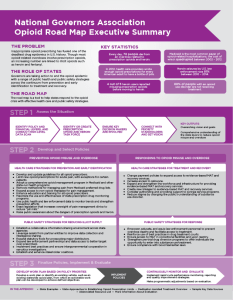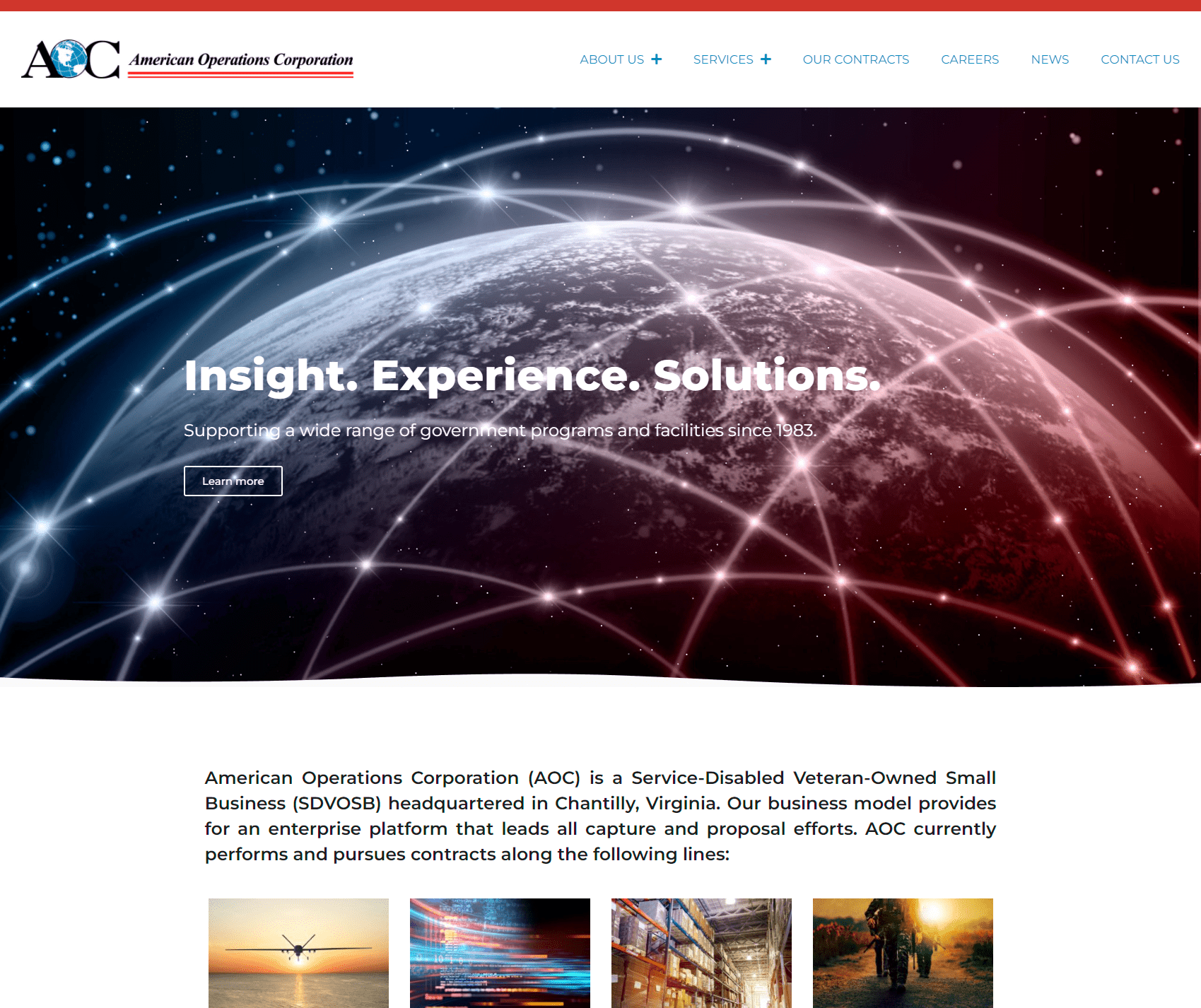Businesses of all sizes need professional design and printing services. Whether a small business or a large corporation, the quality that comes with commercial printing can give your company’s image the boost that it needs to rise above your competition and to make an impression on your customers. And, having a professional graphic designer create and layout the artwork can make all the difference in the final quality of your printed marketing pieces too.
Whether you need a quantity of 100 or 100,000, commercial printing can be expensive, but working with knowledgeable and customer service oriented graphic design firms and printers can definitely help you reduce costs. There is no reason why your professionally printed marketing pieces can’t be both cost effective and attractive!
Here are a few ideas of how you can reduce the printing costs of your next project:
- Proof everything … and then proof it again! If you find a typo on the printed proof given to you by your printer and have to resubmit your corrected artwork files, you’ll more than likely be charged for a second proof and possibly for any delays in printing the project.
- Be sure that your artwork is in the proper format for printing before giving it to your printer. Your graphic designer should have a “pre-flight” checklist for the project and should check all fonts, images, colors, and transparency issues before sending any artwork to the printer. Make sure your final artwork is “print ready” – otherwise your printer may need to send it back to you for changes, additions, and corrections.
- Ask your printer if your project could be printed digitally rather than offset. Digital printing can save money – especially on smaller jobs.
- Print on a lighter weight of paper. Unless the paper weight will affect the look and feel wanted for the piece (and it often does!), you can save money by switching to a lighter paper stock.
- Ask your printer for paper stock suggestions. Many printers have particular paper stocks that they use. Using your printer’s default paper stock, rather than a custom paper stock, can save you time and money.
- Keep solid ink coverage to a minimum in the design. The more ink a project needs, the more it may cost to print.
- Don’t use bleeds in your artwork. A ‘bleed’ is when the ink or printing goes all the way to one or more of the edges of the paper.
- Don’t use spot varnishes, metallic inks, die-cuts, or embossing.
- If you think you might need more of the printed piece in the future, consider having more printed now. Offset printing prices per piece go down as the overall quantity goes up. It will more than likely be cheaper to print a larger quantity now than it will be to print (2) shorter quantity runs.
- Don’t rush! Plan ahead and allow for plenty of time for careful design, editing, proofing, and printing. Most printers will charge extra if you have a rushed time frame. The longer you can wait for the printing, the more money you can usually save!




















